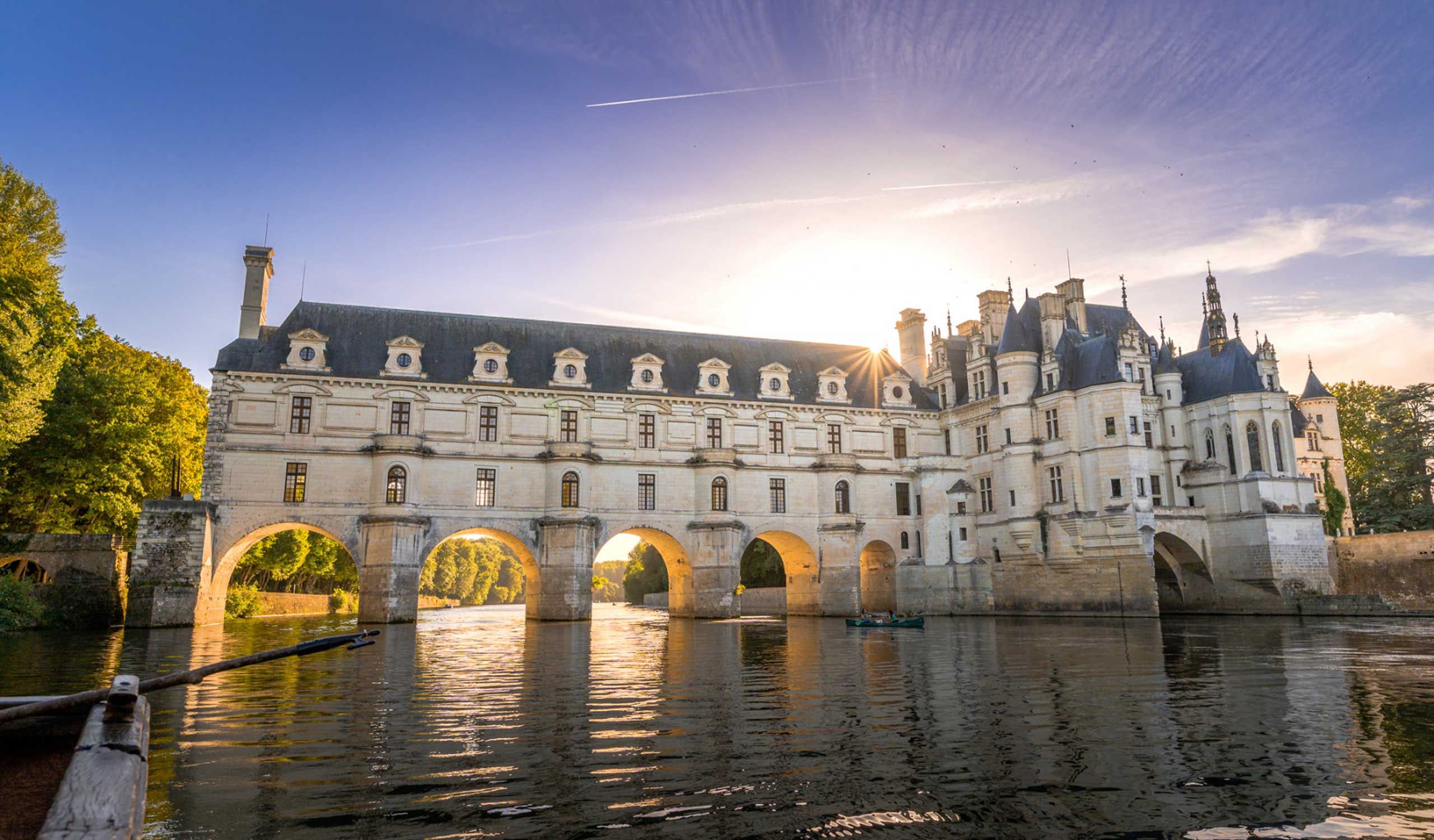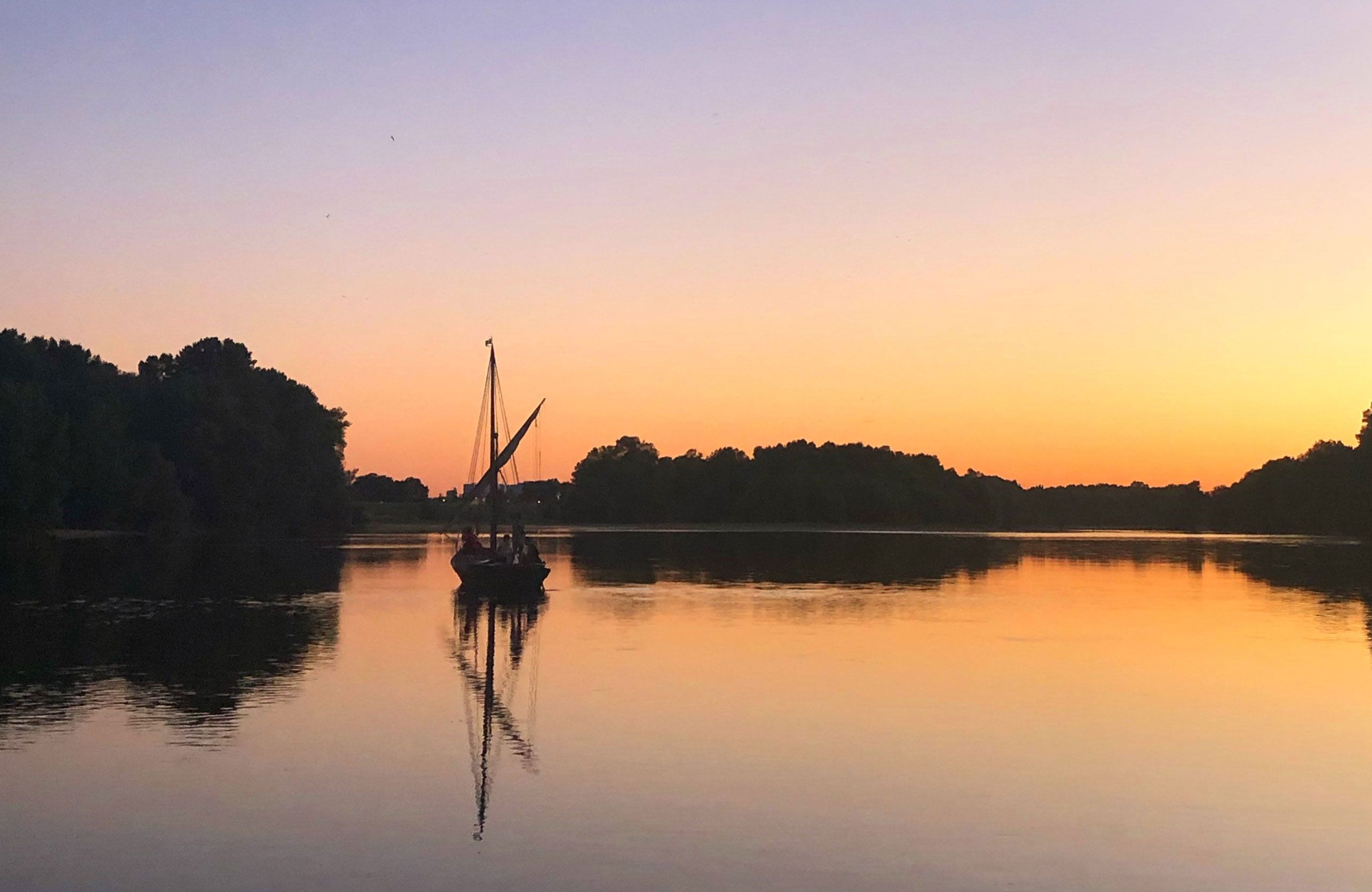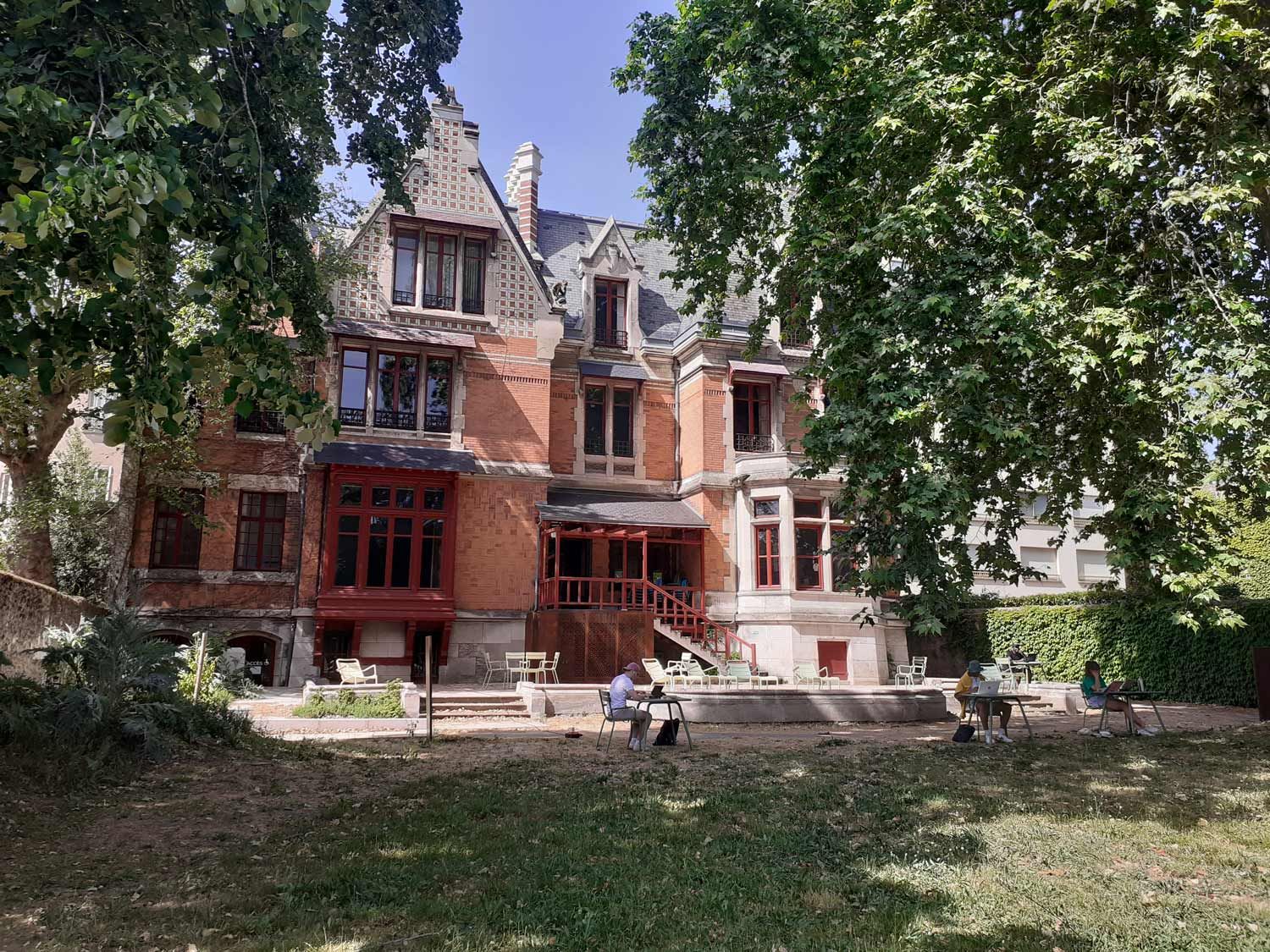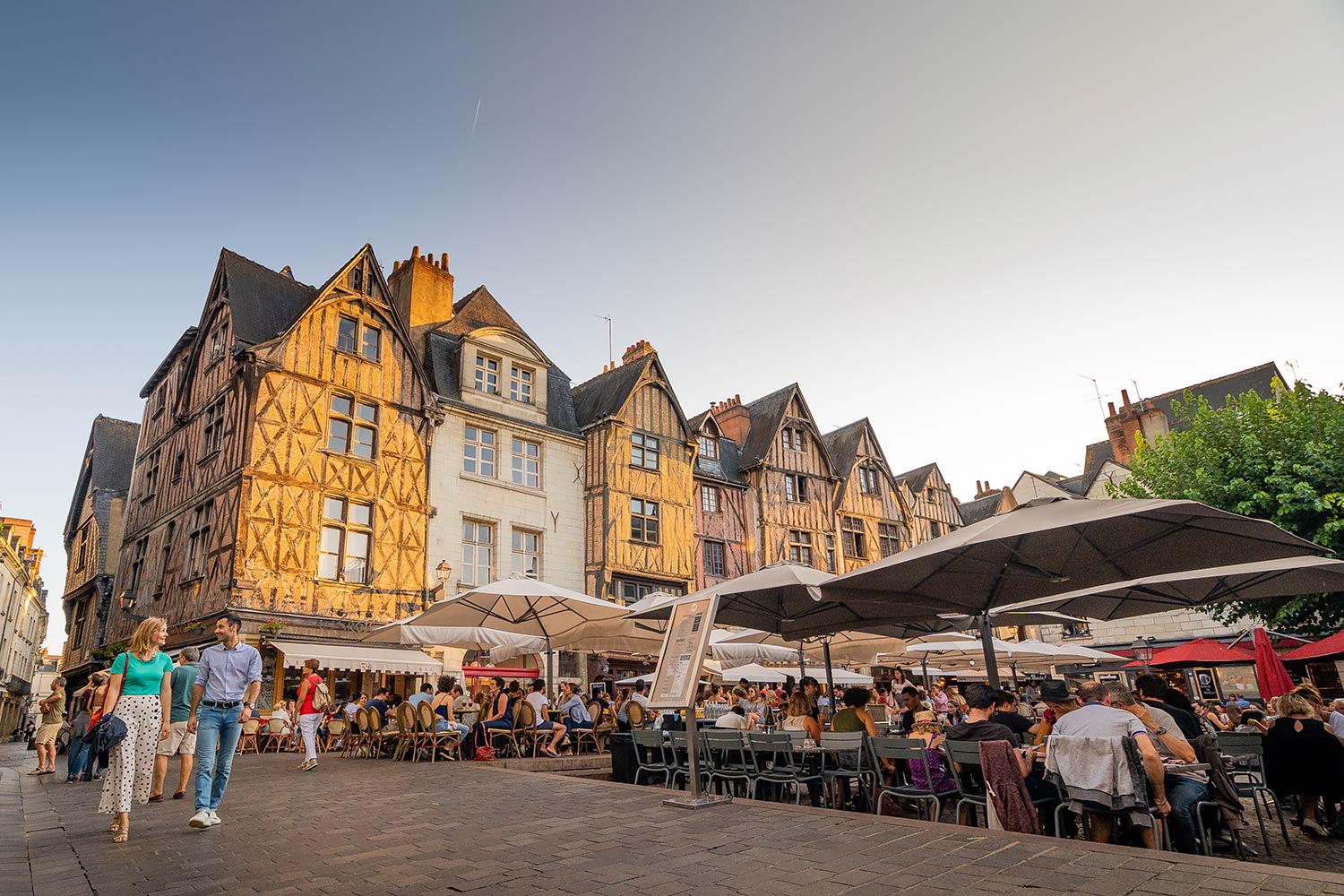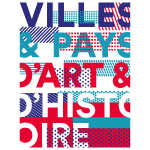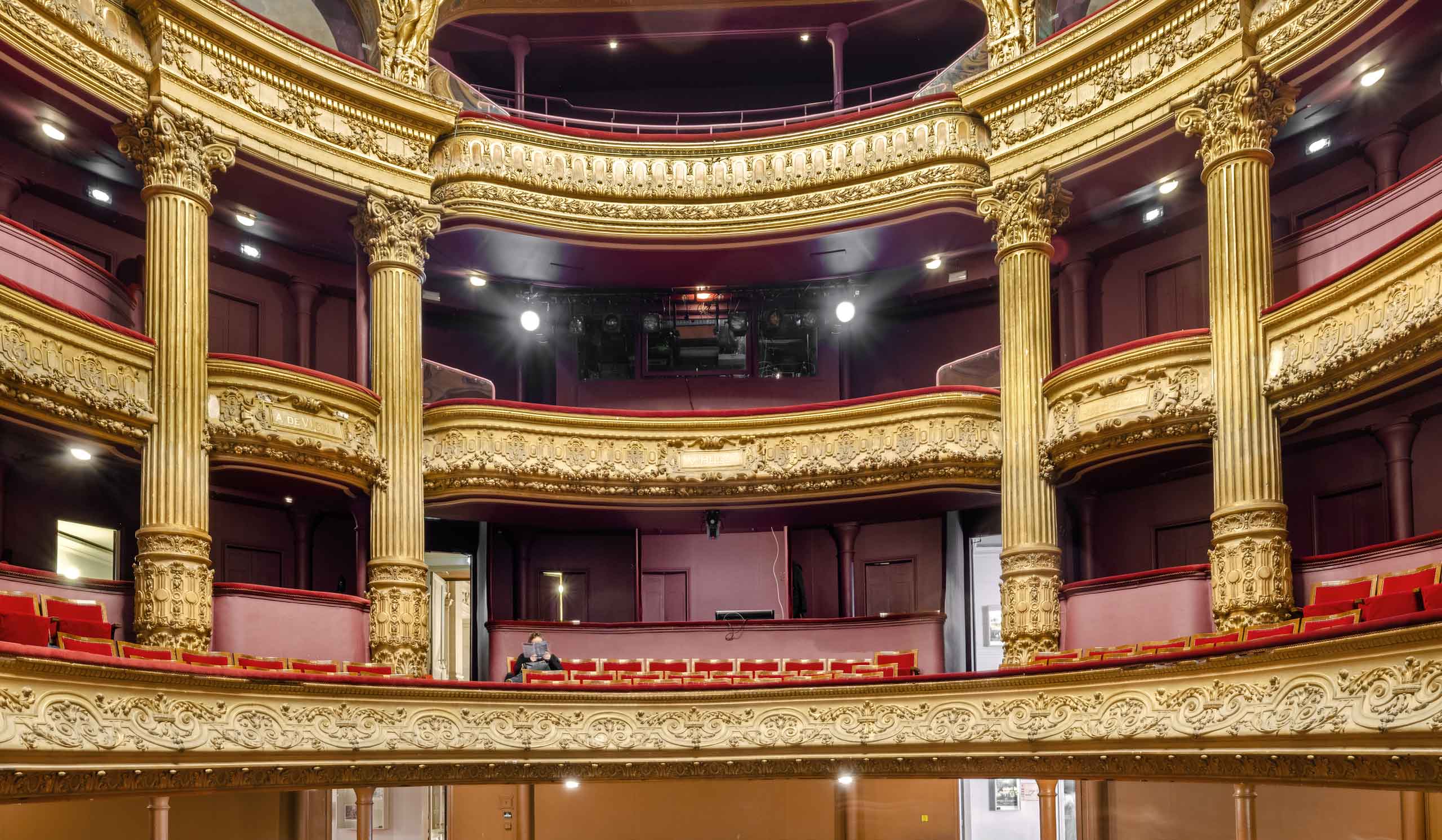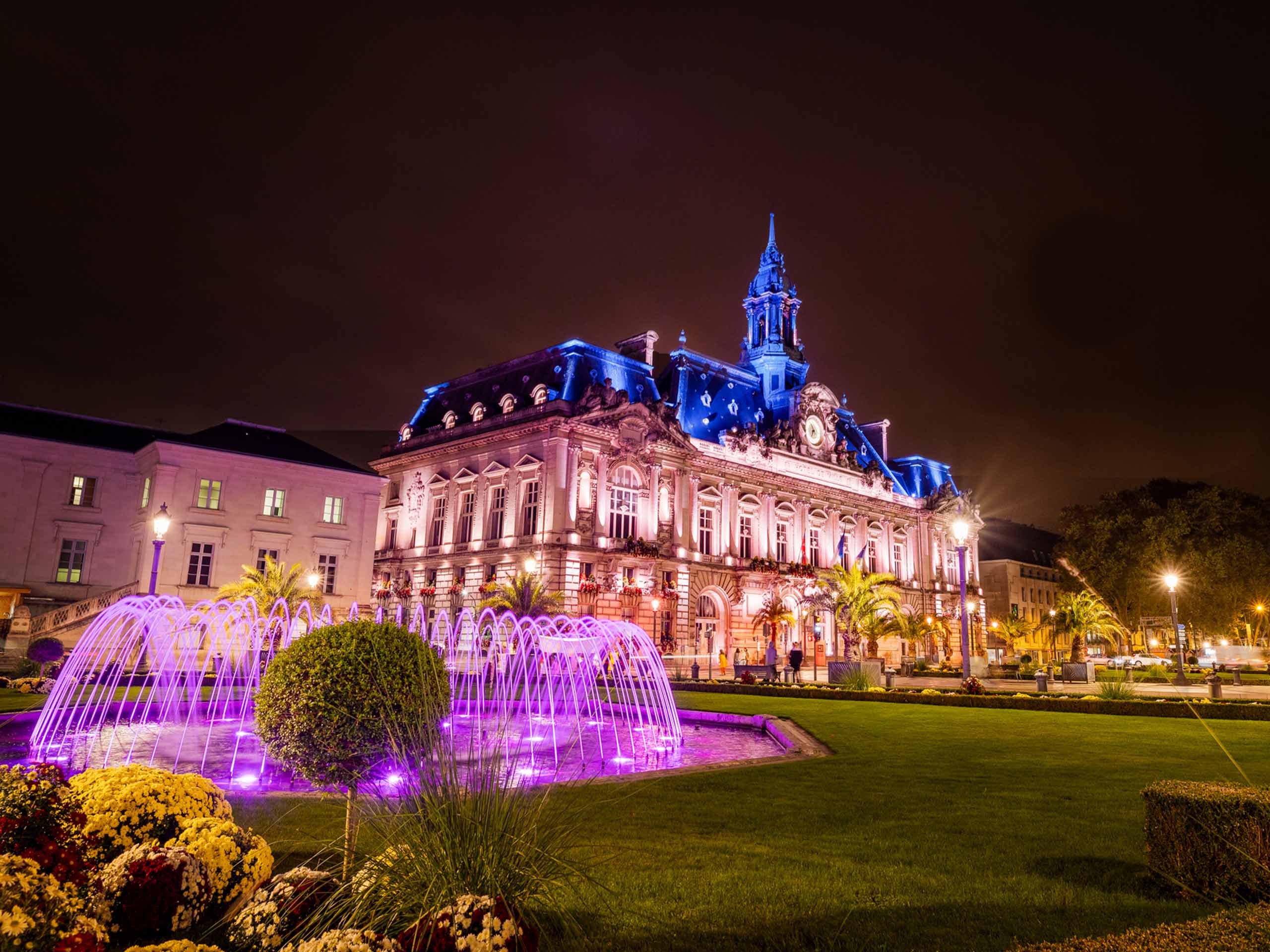11 historic monuments not to be missed in Tours
Discover 11 must-see historic monuments in Tours! From timber-framed houses to the cathedral, the city has plenty to offer: follow the guide and immerse yourself in history!
![Cathédrale Saint-Gatien]()
Saint-Gatien Cathedral
1 - Saint-Gatien cathedral
If there's one monument you really shouldn't miss if you love history and architecture, it's Saint-Gatien's cathedral in Tours!
Built between 1170 and 1575, it is one of the finest examples of Gothic architecture in the Centre-Val de Loire region. Here you can admire its stone lacework, 13th-century stained glass windows, vaults almost 30 metres high and the sculpted tombs of the children of Charles VIII and Anne of Brittany.
The icing on the cake: in 2026, you'll be able to admire it while sipping a cocktail from the rooftop of the former Saint-Gatien clinic!
Open every day from 9am to 7pm.
Address: Place de la Cathédrale, Tours
![Château de Tours]()
Château de Tours
2 - Tours Castle
In Tours, you could be strolling down a medieval street and... stumble across a fortified castle!
Built in the 11th century in the heart of the city, the Château de Tours is a must-see. Originally built as a defensive fortress during the Roman Empire, this historic site was transformed into a royal residence in the 15th century.
Today, it has been converted into a cultural centre, with a special focus on photography. The Jeu de Paume, a key venue for the dissemination of contemporary photography in Paris, has been offering an ‘off-site’ programme at the Château de Tours for the last ten years. Nadar, Lartigue, Vivian Maier and Gilles Caron - some of the biggest names in photography have graced its walls.
Good deal: admission to the Château de Tours is included in the Tours City Pass.
Open Tuesday to Sunday from 2pm to 6pm.
25 avenue André Malraux, Tours
![Place Plumereau]()
Plumereau Square
3 - The Vieux-Tours district and Place Plumereau
With its half-timbered and timber-framed houses, friendly atmosphere and festive venues, the Vieux-Tours is THE emblematic district of the city. As you wander through the cobbled streets, you'll come across private mansions, Romanesque and Gothic buildings, as well as concept stores, traditional and world cuisine restaurants and popular bars.
While you're here, don't forget to have a drink on one of the terraces in Place Plumereau, voted ‘France's best place for an aperitif’ by Lonely Planet!
To find out more about this district and its history, regular guided tours are offered by the Tours Val de Loire Tourist Office.
![La Basilique Saint-Martin]()
Saint-Martin Basilica
4 - The Basilica of Saint-Martin
The ‘young’ Saint-Martin Basilica in Tours was designed in 1890 by Victor Laloux, the architect who also built Tours Town Hall and railway station. This jewel of neo-Byzantine architecture pays homage to Saint Martin, protector of travellers and the destitute, whose relics rest in its crypt.
Once outside, keep your eyes peeled! If you look down, you'll notice ‘M’ markings on the pavements around the basilica. These mark the boundaries of the old basilica, built in 471 and destroyed in 1582. And if you look up, you can see the mosaics by street artist Mifamosa on the walls of the town and the basilica, humorously illustrating the names of the streets.
Open daily from 7.30am (except Sunday, 8am) to 7pm.
![Place Châteauneuf et Tour Charlemagne]()
Place Châteauneuf and Charlemagne Tower
5 - The Charlemagne Tower and the Clock Tower
Both remnants of the former basilica dedicated to Saint Martin, these towers are certainly not lacking in allure!
The Clock Tower, formerly the Treasure Tower, houses a bell that was once used to ring the opening and closing of the adjoining markets, as well as a clock at the top dating back to the French Revolution. Closed to the public, it can be admired in all its glory from outside on rue des Halles.
The Charlemagne Tower, in Romanesque style on the lower floors and Gothic on the top floor, has no fewer than 248 steps, which you can climb on a guided tour, for a gourmet tasting or even an escape game!
Tour de l'horloge: 86, rue des Halles in Tours
Charlemagne Tower: 83, rue des Halles in Tours - visit by reservation only here.
![Musée des Beaux-Arts de Tours]()
Tours Museum of Fine Arts
6 - The Musée des Beaux-Arts, former archbishop's palace
And because our works of art deserve the best, in Tours they reside in a palace!
Backed onto the fourth-century ramparts and a stone's throw from the cathedral, the current Musée des Beaux-Arts de Tours is housed in the former archbishop's palace. It houses almost 12,000 works, including paintings by great masters such as Delacroix, Rembrandt and Monet.
Don't miss out on a stroll through the French-style gardens of the palace, where you can enjoy a waffle overlooking the museum in summer, feel very small next to the hundred-year-old cedar of Lebanon, listed as a ‘Remarkable Tree’, and say hello to the famous ‘elephant Fritz’!
Tip: entry to the Musée des Beaux-Arts is included in the Tours City Pass.
18, place François Sicard, Tours
![Opéra de Tours]()
Tours Opera
7 - The Tours Opera
Did you like the Opéra Garnier? You'll love the Opéra de Tours! Designed as a real party venue by the architect Jean-Marie Hardion, whose project won over the jury that included the famous Charles Garnier, the opera house has retained its splendour and continues to welcome actors, orchestras and ballet dancers all year round.
With its Italian-style auditorium, ceiling paintings, gilded balconies, red velvet armchairs and sculpted staircases, the opera house has a lot to offer, whether it's a performance or a guided tour.
34, rue de la Scellerie, Tours
![Cloître de la Psalette]()
Cloister of the Psalette
8 - The Cloister of the Psalette
A slightly ‘secret’ place in Tours? We recommend a visit to the Cloître de la Psalette, located on the north side of Tours' Cathédrale Saint-Gatien. This exceptional site offers transitional architecture between the Gothic and Renaissance periods, with a remarkable spiral staircase leading to the scriptorium and the chapter bookshop, a beautiful vaulted room completed in 1460 that regularly hosts exhibitions.
In the 19th century, Balzac camped one of his characters from La Comédie humaine here!
Tip: entry to the Psalette cloister is included in the Tours City Pass.
7, rue de la Psalette, Tours (entrance by Saint-Gatien cathedral)
![L’Hôtel de Ville]()
The Town Hall
9 - The Town Hall
On the Place Jean-Jaurès, the stature of Tours Town Hall is impressive! With its sculpted facade, double staircase and frescoed ceilings, nothing is too good for this monument, built in 1896 by architect Victor Laloux. Today it is the venue for town councils, weddings and festive events.
Instead of asking for your other half's hand to discover its interior decoration, you can visit its hall freely or take part in one of the guided tours offered by the City of Tours. Register here.
Place Jean-Jaurès, Tours
![Enceinte gallo-romaine]()
Gallo-Roman enclosure
10 - The Gallo-Roman enclosure
Did you know that? In Roman times, Tours was called ‘Caesarodunum’, which means ‘Caesar's fortress’ in Latin! With this information in mind, here are a few tips on how to spot one of the remains of the ancient city: the Gallo-Roman city walls. Part of the wall can still be seen in a small park in the town centre, where you can enjoy a book in a green bubble steeped in history.
13 Rue de la Bazoche, Tours
Event: Caesarodunum, ‘these Romans are crazy!
To experience life in ancient times for a day, take part in the Caesarodunum event at Marmoutier Abbey this summer (date to be confirmed, booking required). On the programme: life-size reconstructions, hundreds of actors in period costume, workshops to learn how to be a gladiator or forge your own sword... ‘These Romans are crazy! These Romans are crazy!
![Gare de Tours]()
Tours railway station
11 - Tours Station
For this final must-see, we're not meeting you on track 9 ¾ but at Tours station!
Built at the same time as the Hôtel de Ville (1896) and by the same architect, Victor Laloux, who also designed the Gare d'Orsay (now the Musée d'Orsay). Designed in the English neo-classical style, the station was conceived as a work of art. From the outside, you can admire its monumental glass roof, its clock and the four statues sculpted by Henri-Frédéric Varenne, allegories of the destination cities of Nantes, Limoges, Bordeaux and Toulouse.
Inside its metal hall, don't forget to pay attention to the 18 ceramic paintings representing the first towns served, such as Belle-Isle-en-Mer, Carcassonne and Arcachon.
Place du Général Leclerc in Tours.
![Place Châteauneuf]()
Châteauneuf Square
BONUS: discover the monuments in a different way with the ‘Parcours Lumière’ light trail
Fancy a romantic stroll at the end of the day? At dusk, Tours puts on a spectacular display of light to show off its monuments. There's a choice of two themed tours: Old Tours and the life of the writer Honoré de Balzac.
A real Ariadne's thread through the streets, they will take you to Place Châteauneuf, Place Plumereau, the garden of Saint-Pierre Le Puellier, in front of the Tours Opera House, at the foot of the Basilica of Saint-Martin and the Charlemagne Tower.
Find out more about the Parcours Lumière here.
Want to find out more and get off the beaten track? Opt for the night-time guided tour, accompanied by a tour guide!


